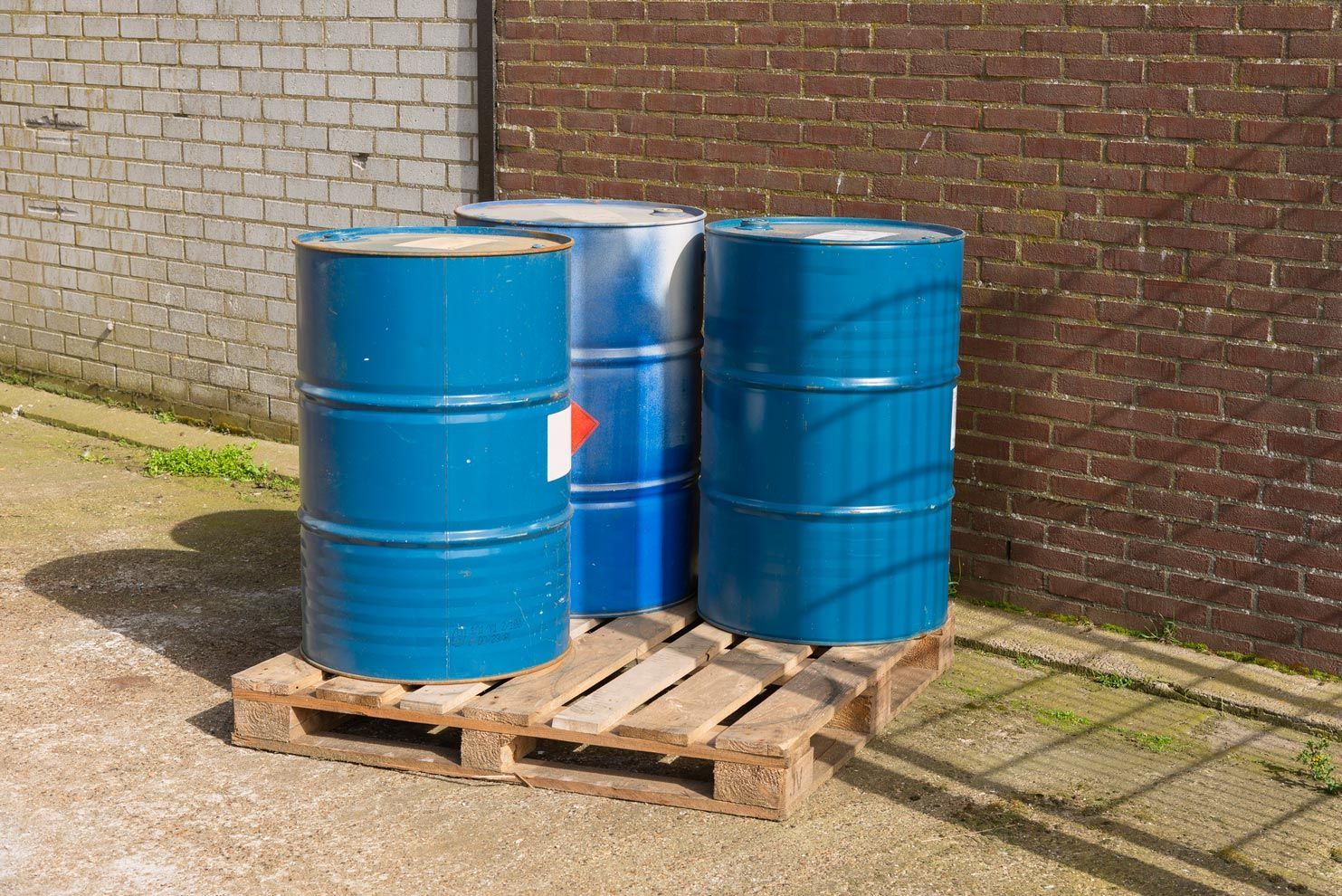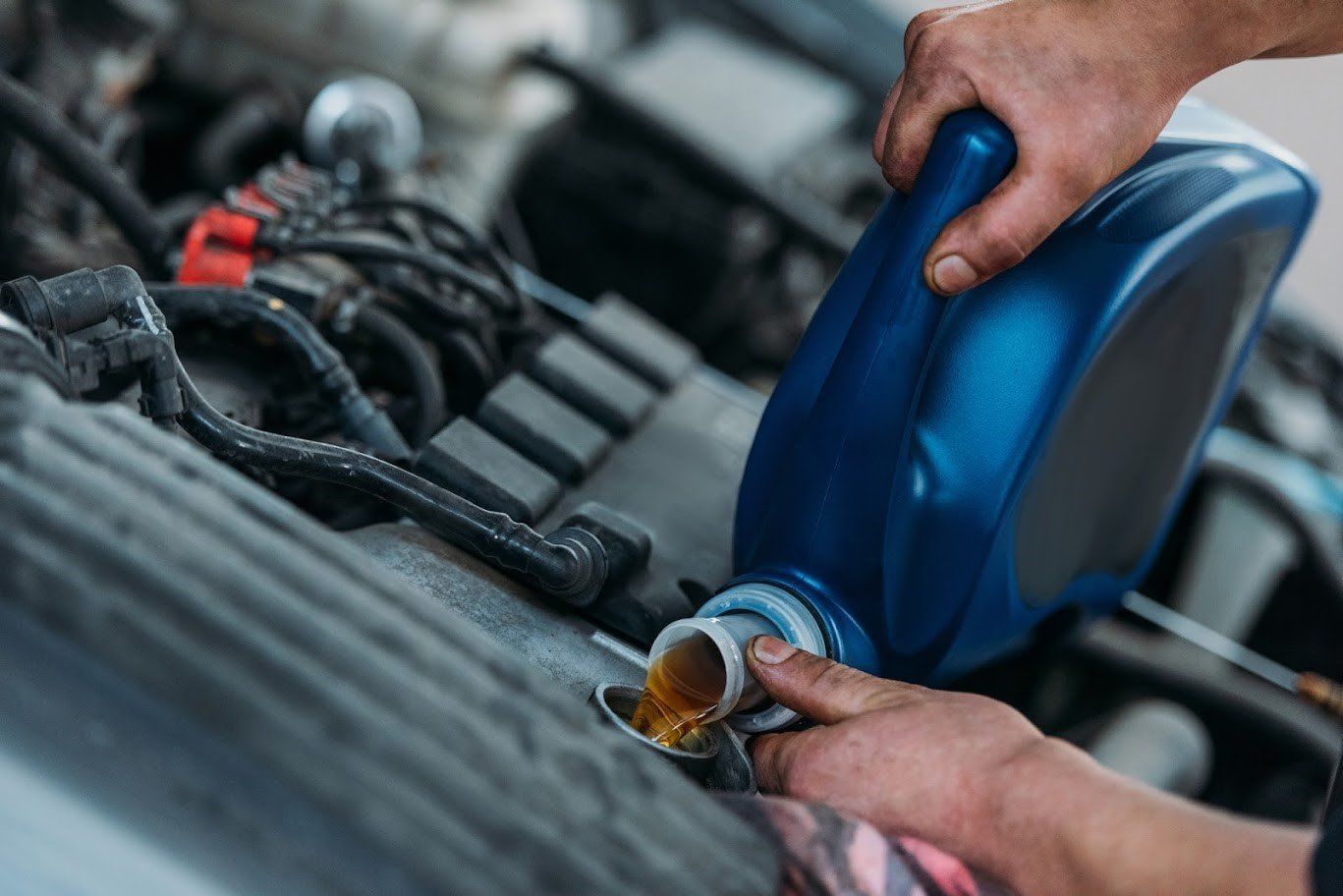What to Know About Tramp Oil
February 18, 2021

In the metalworking industry, tramp oil refers to non-soluble or hydrocarbon contaminants present in machine coolants. Machinery that faces high levels of tramp oil can experience efficiency problems. This type of contamination can also put their expensive machines and human operators at risk. Discover what to know about tramp oil.
How Tramp Oil Migrates to Coolant Fluids
Metalworking fluids are dynamic, and their nature makes the introduction of tramp oil insidious. Tramp oil enters metalworking fluids via a variety of different routes.
Leaky Machine Tool Seals
Machine tool hydraulic seals at or near the end of their life are more prone to leaks. When this happens, trace amounts of hydraulic fluid enter a coolant system during machine tasks.
Machine Oil Lubricants
Machine parts require lubrication in order to move freely. Unfortunately, unwanted oil from components like gears, ball bearings, slides, and spindles can enter cutting fluid and coolant.
Process Materials
Certain materials being processed at a machining center can introduce contaminants into fluids when they carry an oil-based coating. Failure to first remove this protection against corrosion results in a mix with coolant.
Why Tramp Oil is Undesirable
Failure to remove tramp oil contaminants properly from coolant fluids has several negative consequences. Most importantly, tramp oil makes fluid less effective and hinders the ability of a machine to work efficiently. This occurs as the presence of oil within a water-based coolant prevents operating temperatures from lowering.
Friction and high RPMs heat up machine components. Tramp oil can come into contact with these hot cutting tools and create smoke, often hot enough to burn an operator. Or, tramp oil forms an oily mist that settles over a machine, its operator, and the surrounding vicinity.
Tramp oil in coolant creates an ideal environment for anaerobic bacterial growth. Prompted by rich nutrients and a lack of oxygen, this bacteria growth produces smelly hydrogen sulfide gas. Workers may be at risk from dermatitis or other health conditions related to bacterial growth.
Additionally, hydrogen sulfide gas is acidic, degrades the lubricating qualities of a coolant, and corrodes machine tools and parts.
How to Remove Tramp Oil
The best way to keep tramp oil from metalworking fluids is to never allow a system to accumulate tramp oil at all. High-quality filters and robust fluid monitoring plans all help prevent contamination from occurring.
However, sometimes tramp oil is still present and must be removed to prevent inefficient machine time, overheated components, and possible human harm. Utilize oil purification processes and equipment to keep coolant clean. As a result, you can reuse existing fluids and enjoy a reduction in coolant purchases as well as a decrease in tramp oil disposal costs.
Tramp oil filtration relies on one of several different skimmers, centrifuges, or coalescers to remove impurities.
Separators
Many separators are portable for ease of use and allow tool operation to remain uninterrupted. This high-speed centrifuge recycles fluid as it places both suction and return hoses into the machine sump. Separators remove both free and emulsified oils from coolant.
Coalescers
A coalescer attracts tramp oil with an oleophilic media using a standard electric pump. Once smaller oil particles consolidate into larger droplets, filters remove them. The coalescer is good for high-temperature fluids like cleaners. Coalescers can be portable or remain at the tank side.
Skimmers
Skimmers are best suited for coolant contaminated with synthetic oils, which do not mix with water and naturally float to the surface. A skimmer will utilize this difference in specific gravities and simply scrape off the oil with a wiper.
Your metalworking facility may aim to filter and recycle fluid. In this case, contact Denver Oil when you need a reliable tramp oil collection service.


